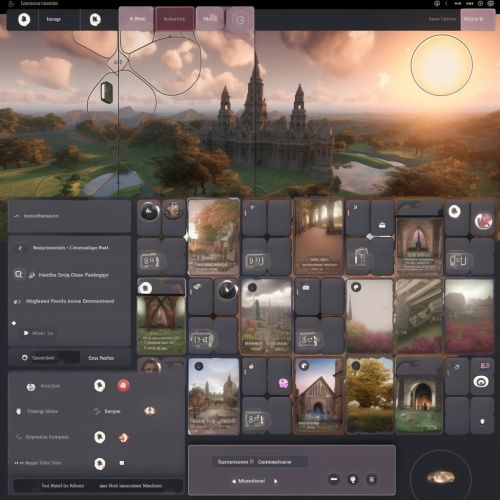SOAR (cognitive architecture)
Overview
SOAR (cognitive architecture) is a cognitive architecture, originally created by John Laird, Allen Newell, and Paul Rosenbloom at Carnegie Mellon University. It is both a view of what cognition is and an implementation of that view through a computer programming architecture for artificial intelligence (AI). SOAR is based on the premise that decision-making is the primary activity of intelligence. It is designed to be a general cognitive architecture, and its main goal is to be a unified theory of cognition, integrating a wide range of cognitive capabilities in a single framework.


History
SOAR was initially developed in the early 1980s as part of the research on problem-solving and general intelligence conducted at Carnegie Mellon University. The project was led by John Laird, Allen Newell, and Paul Rosenbloom. The name SOAR is an acronym for "State, Operator, And Result", which reflects the model's view of the fundamental elements of cognition.
Architecture
The SOAR architecture consists of a single decision cycle, in which the current state and the knowledge base are used to select an operator (action). This operator is then applied to the current state to produce a result, which becomes the new current state. This cycle is repeated indefinitely, with the system continuously learning and adapting to its environment.
SOAR uses a production system to represent knowledge, with rules that specify the conditions under which certain actions should be taken. These rules are stored in long-term memory and are used to guide the system's decision-making process.
The architecture also includes a working memory, which holds the current state and the results of recent computations. Working memory is dynamic and constantly changing as new information is processed and old information is discarded.
SOAR also incorporates a learning mechanism, which allows the system to learn from its experiences and improve its performance over time. This learning mechanism is based on a process called chunking, in which the system creates new rules based on its experiences.
Capabilities
SOAR is designed to be a general cognitive architecture, capable of performing a wide range of cognitive tasks. It has been used in a variety of applications, including problem-solving, learning, planning, decision-making, and natural language understanding.
One of the key features of SOAR is its ability to learn from experience. Through a process called chunking, the system can create new rules based on its experiences, allowing it to improve its performance over time.
SOAR also has the ability to handle uncertainty and make decisions under conditions of uncertainty. It does this through a process called decision-theoretic reasoning, which involves calculating the expected utility of different actions and choosing the action with the highest expected utility.
Criticisms and Limitations
While SOAR has been influential in the field of cognitive architectures, it has also been the subject of several criticisms. One common criticism is that the architecture is too complex, with too many components and processes. Some researchers have argued that simpler architectures could achieve the same results with less complexity.
Another criticism is that SOAR's learning mechanism, chunking, is not sufficient to account for all forms of learning. For example, it has been argued that chunking cannot account for the learning of new concepts or the formation of new categories.
Despite these criticisms, SOAR remains a widely used cognitive architecture, and research on its development and application continues.
